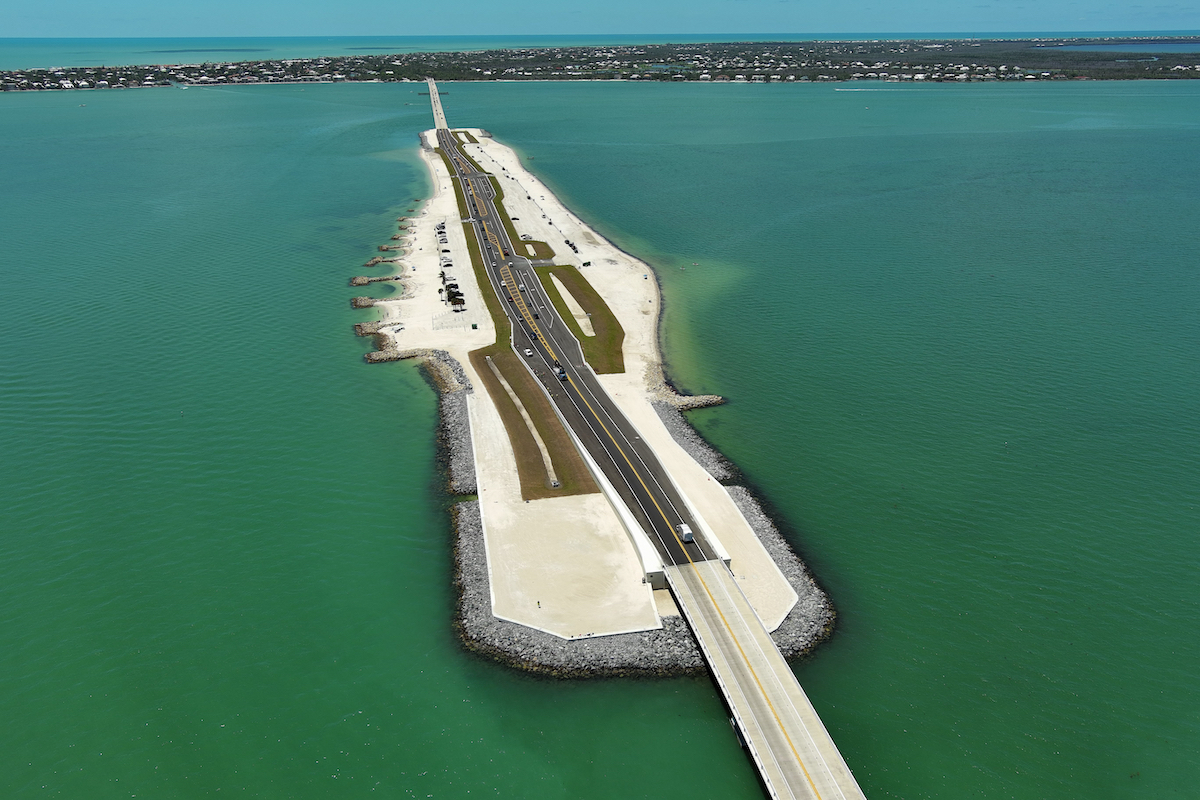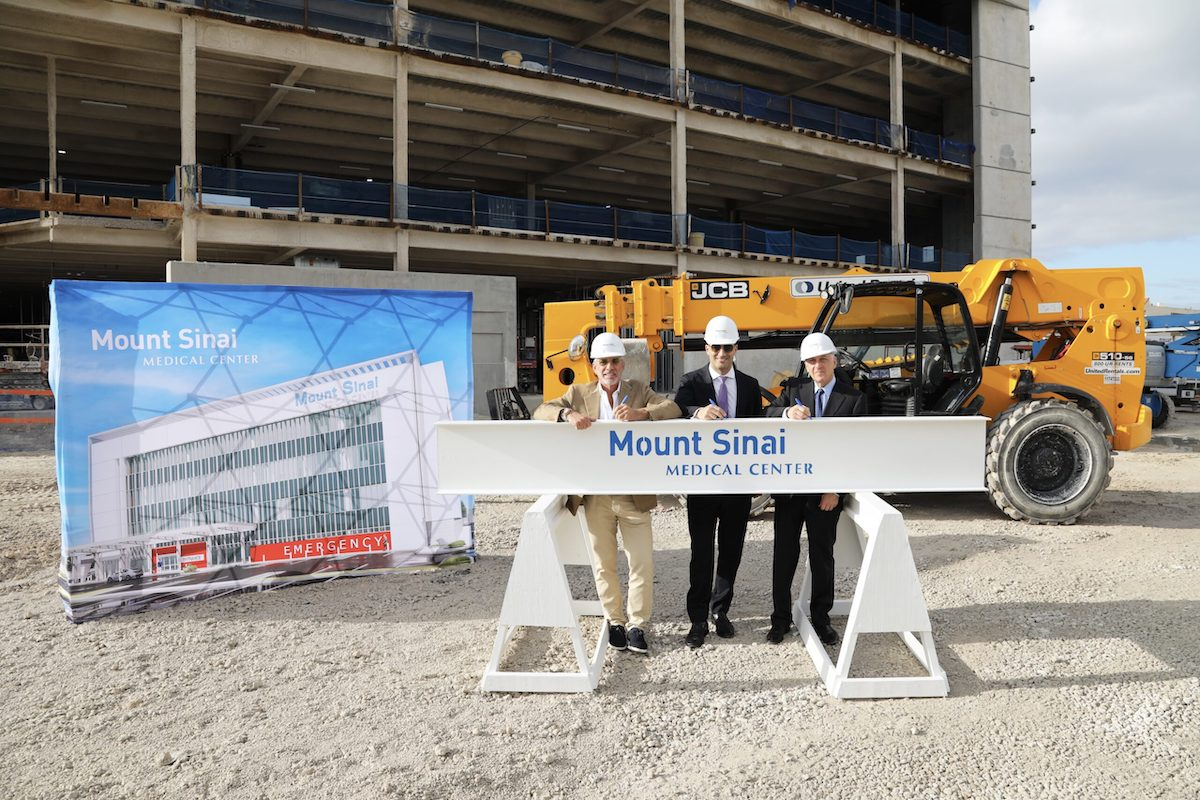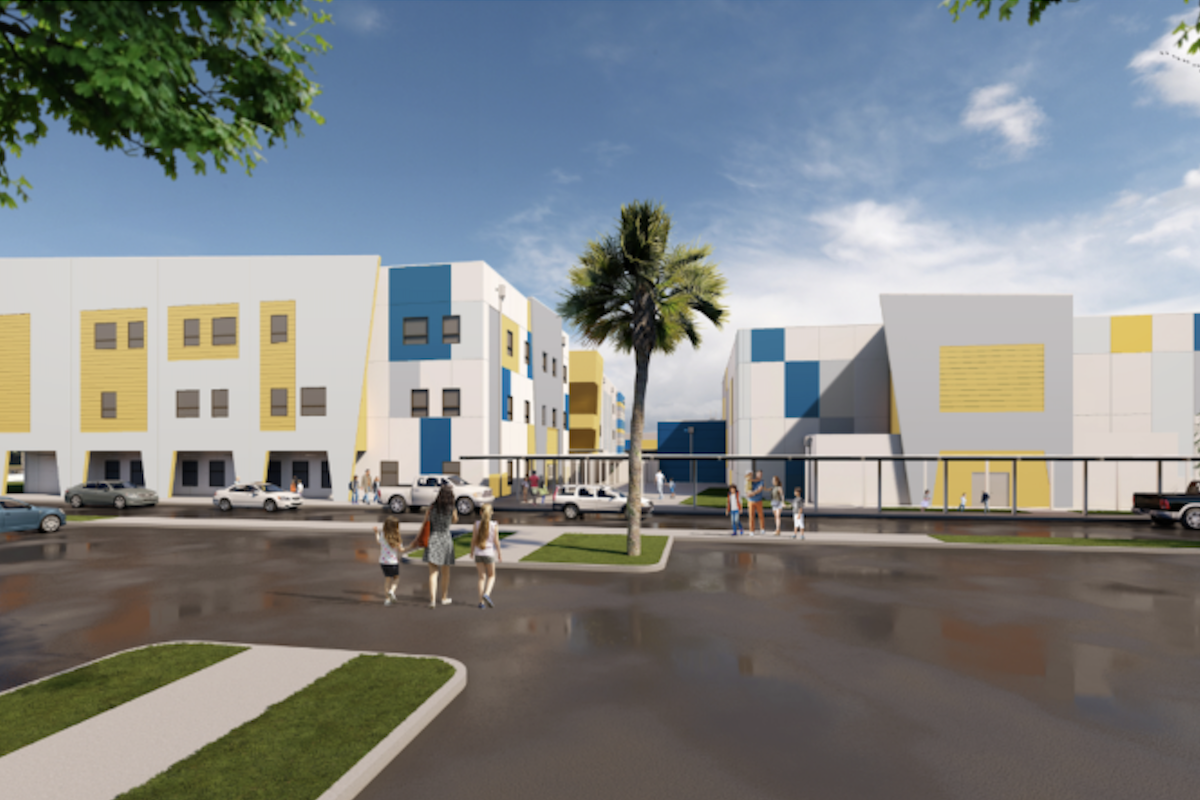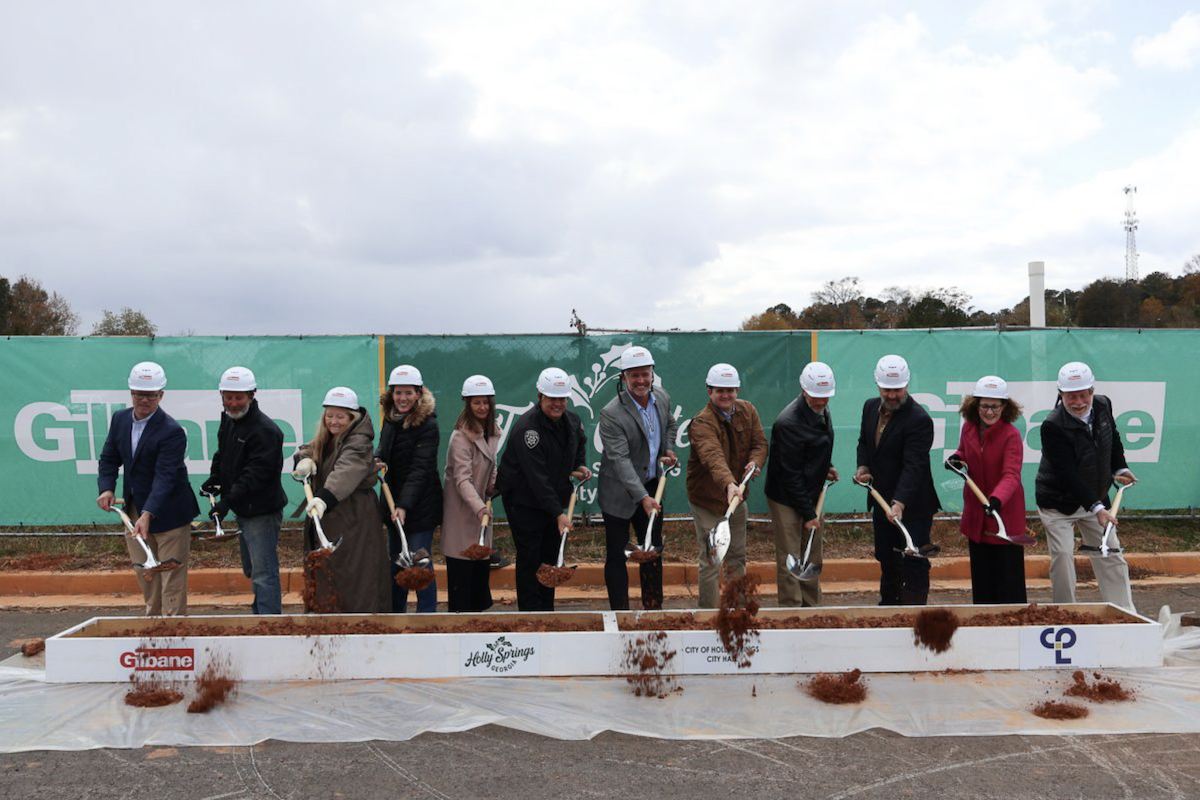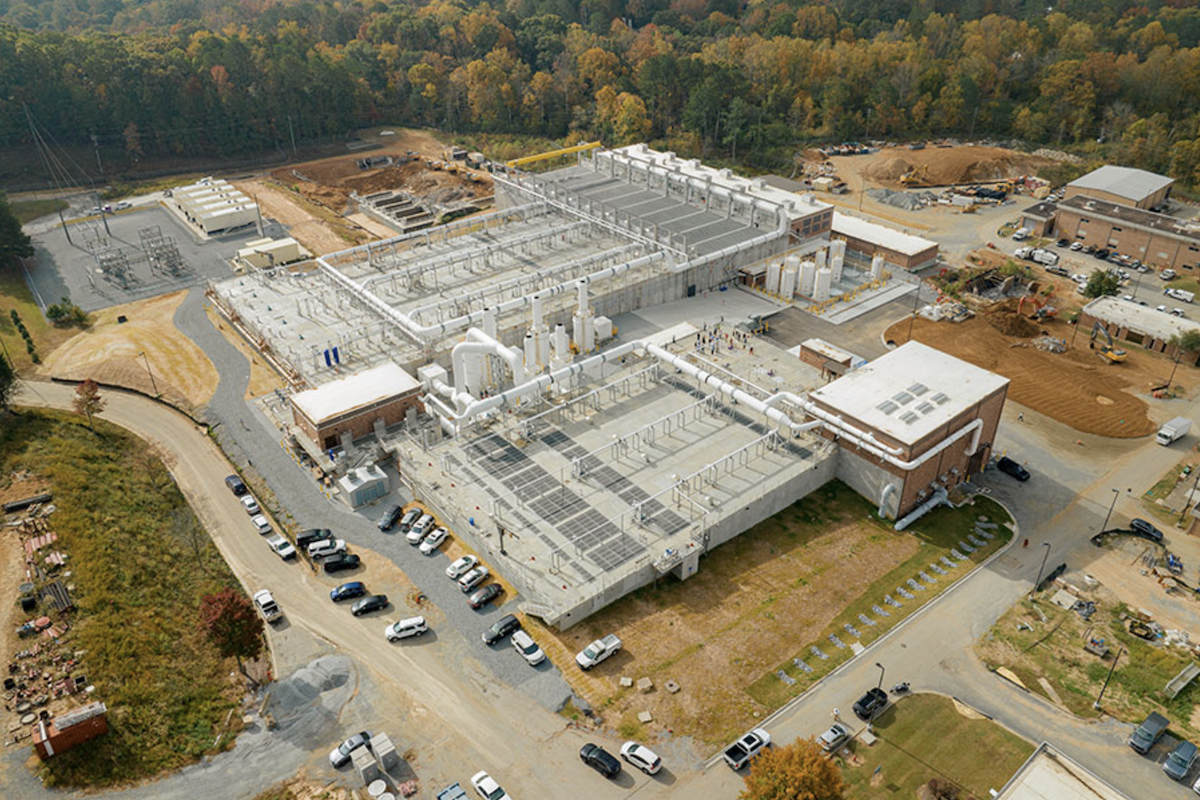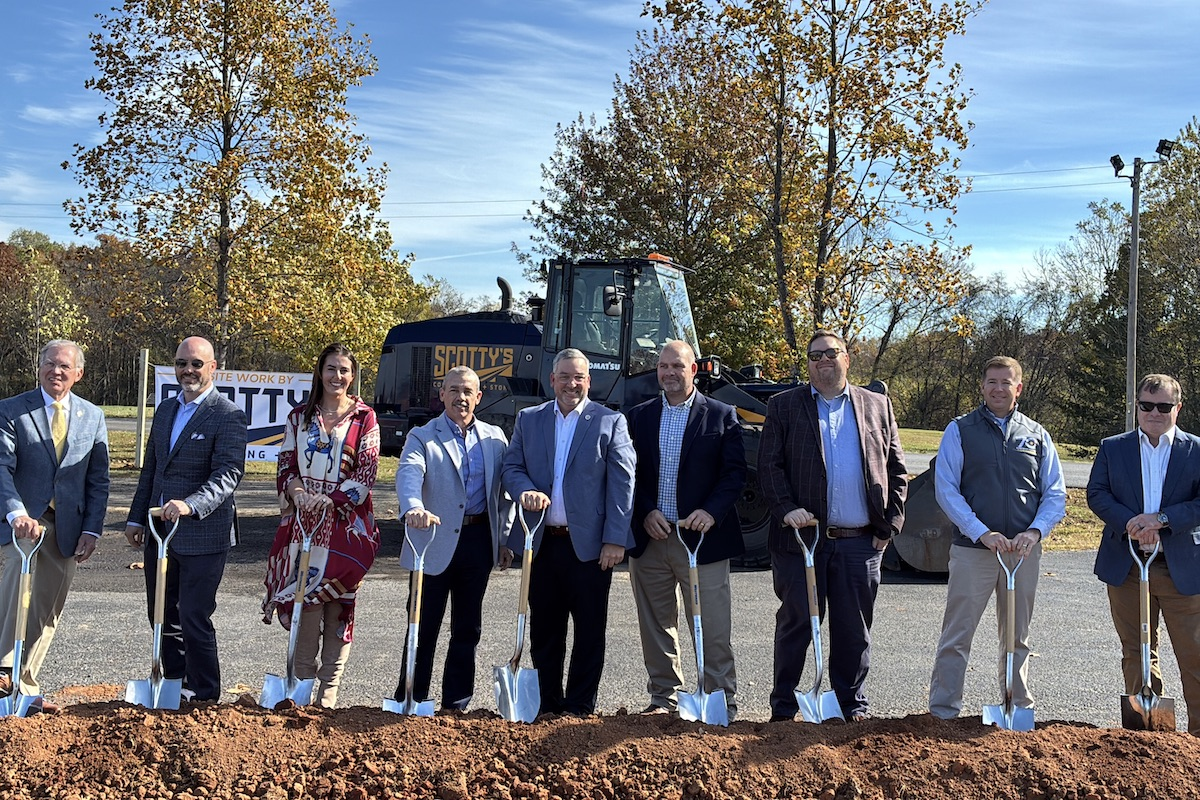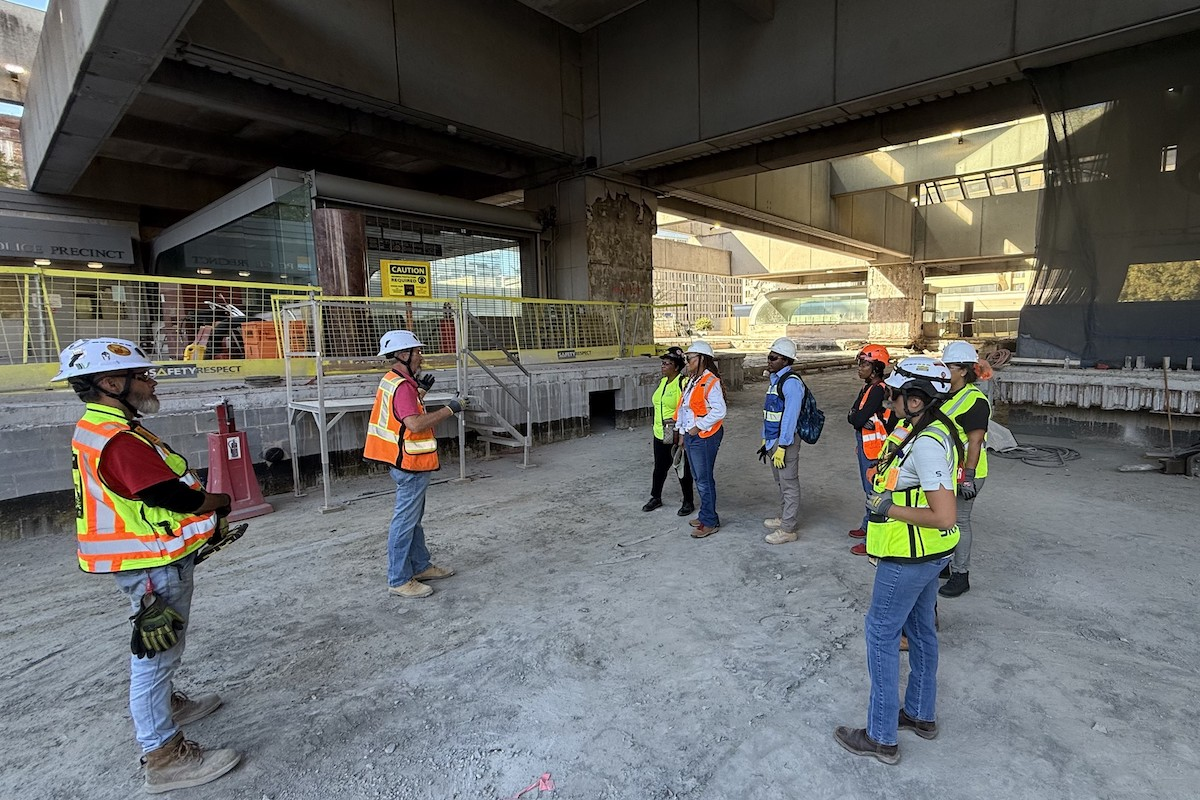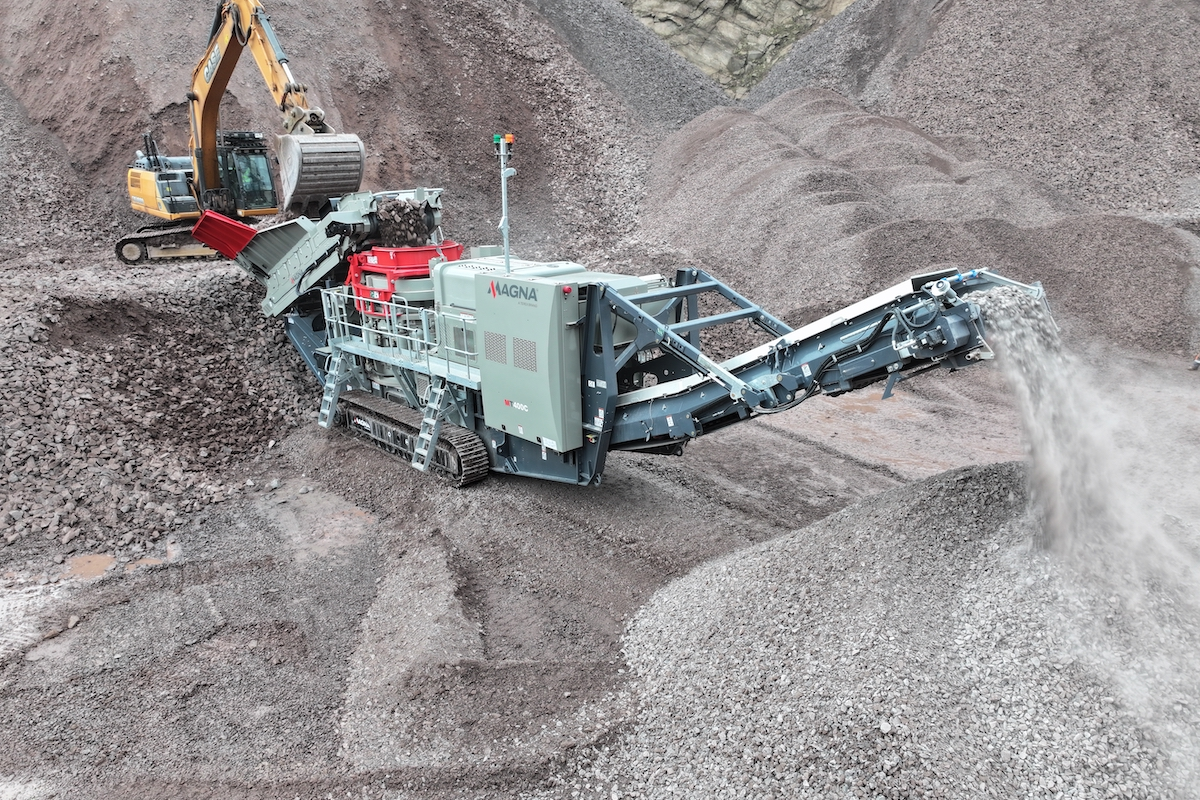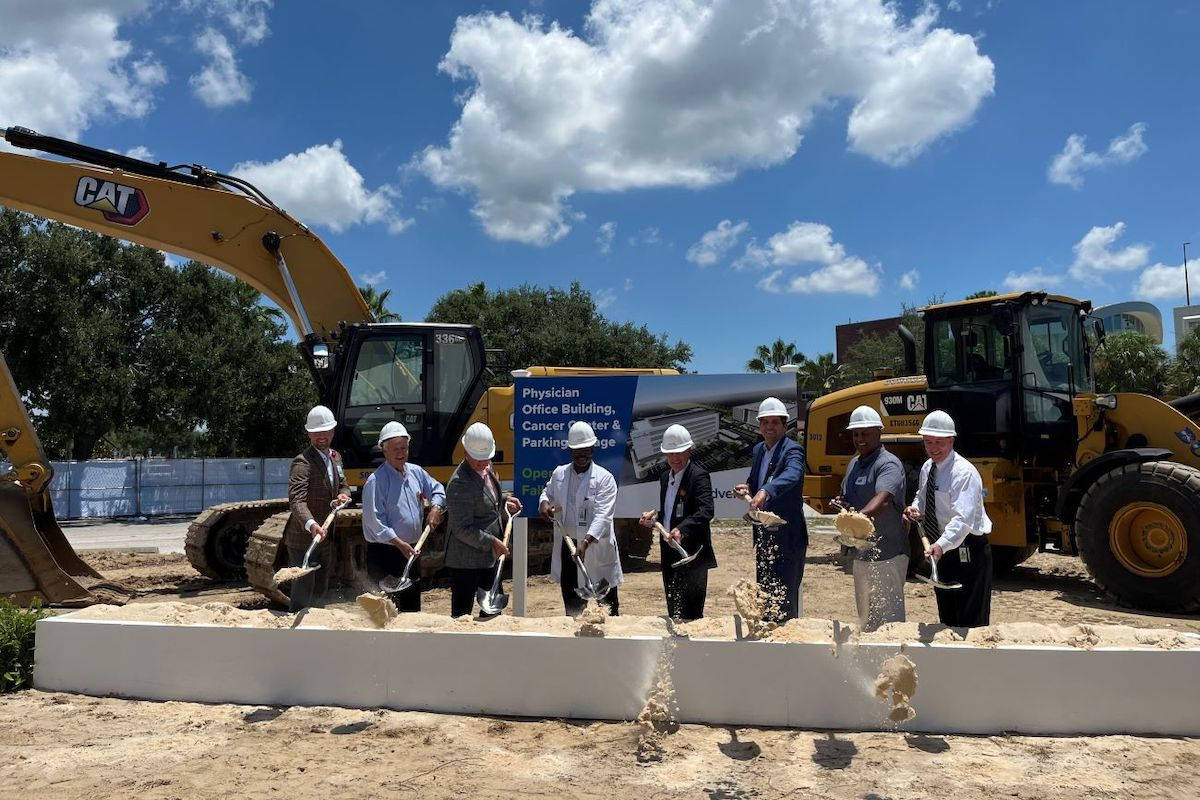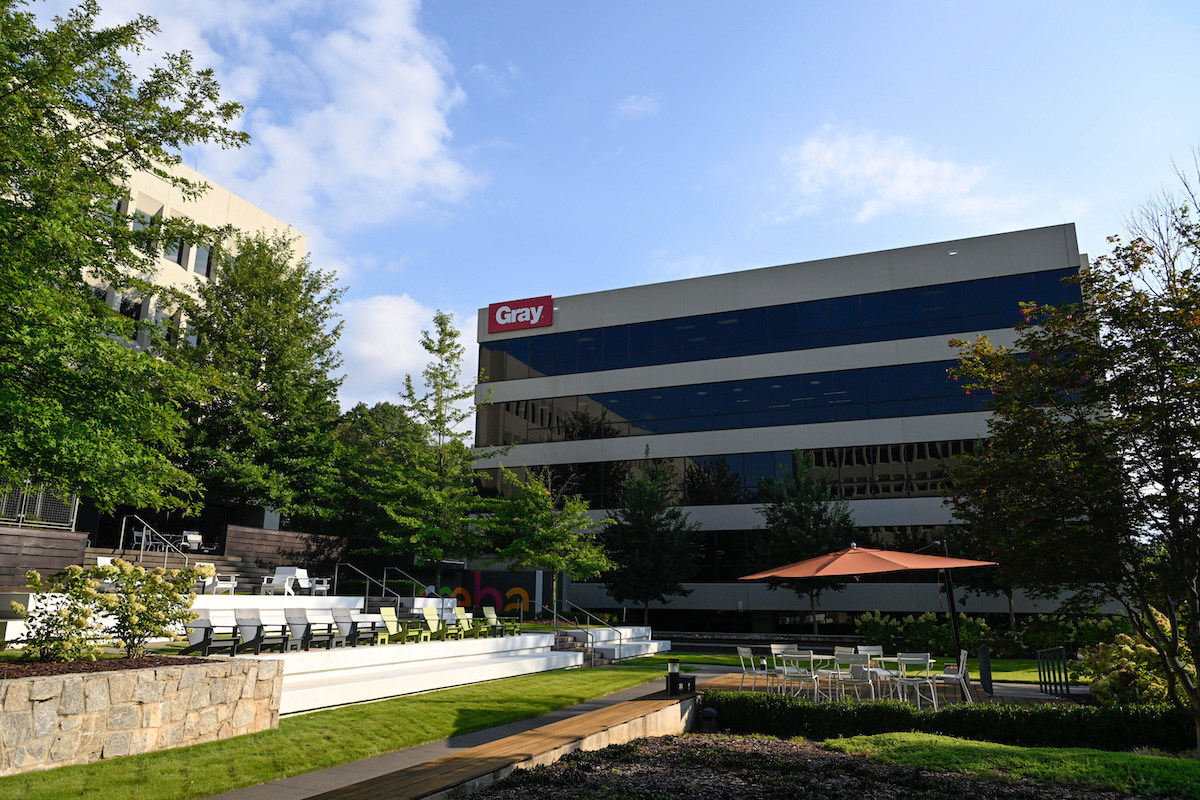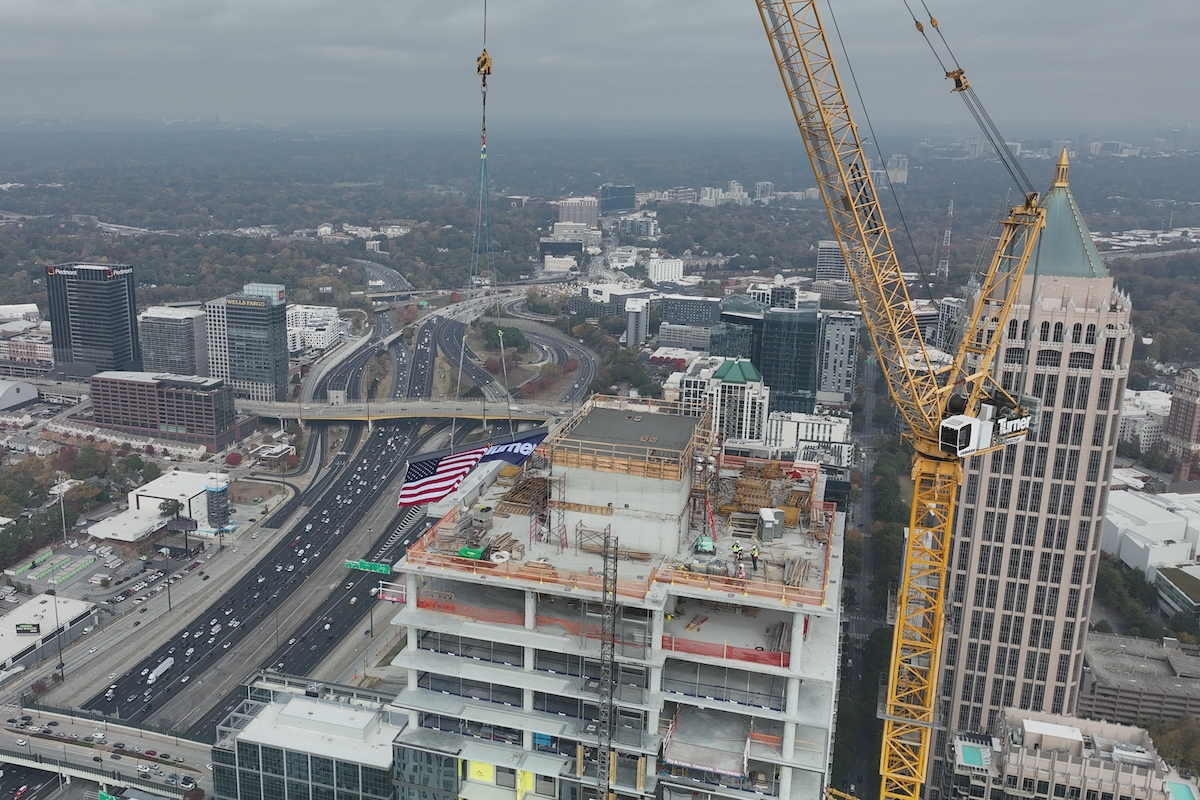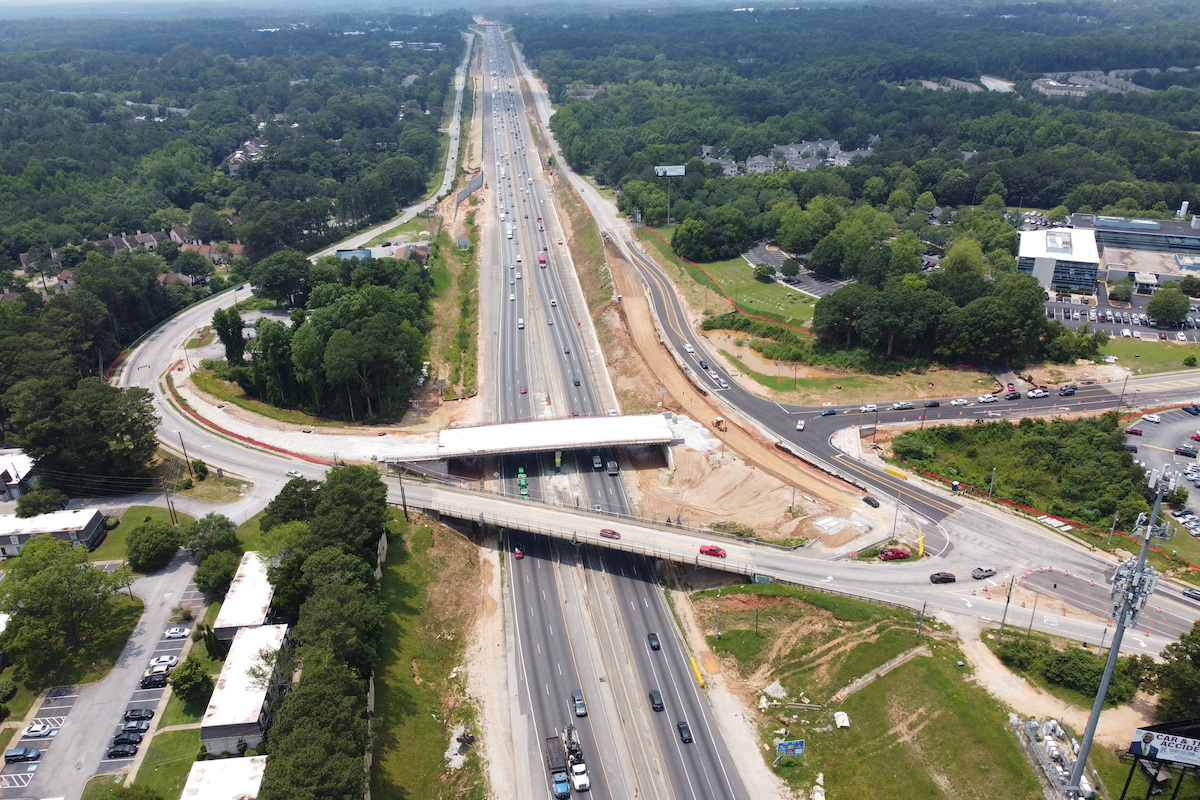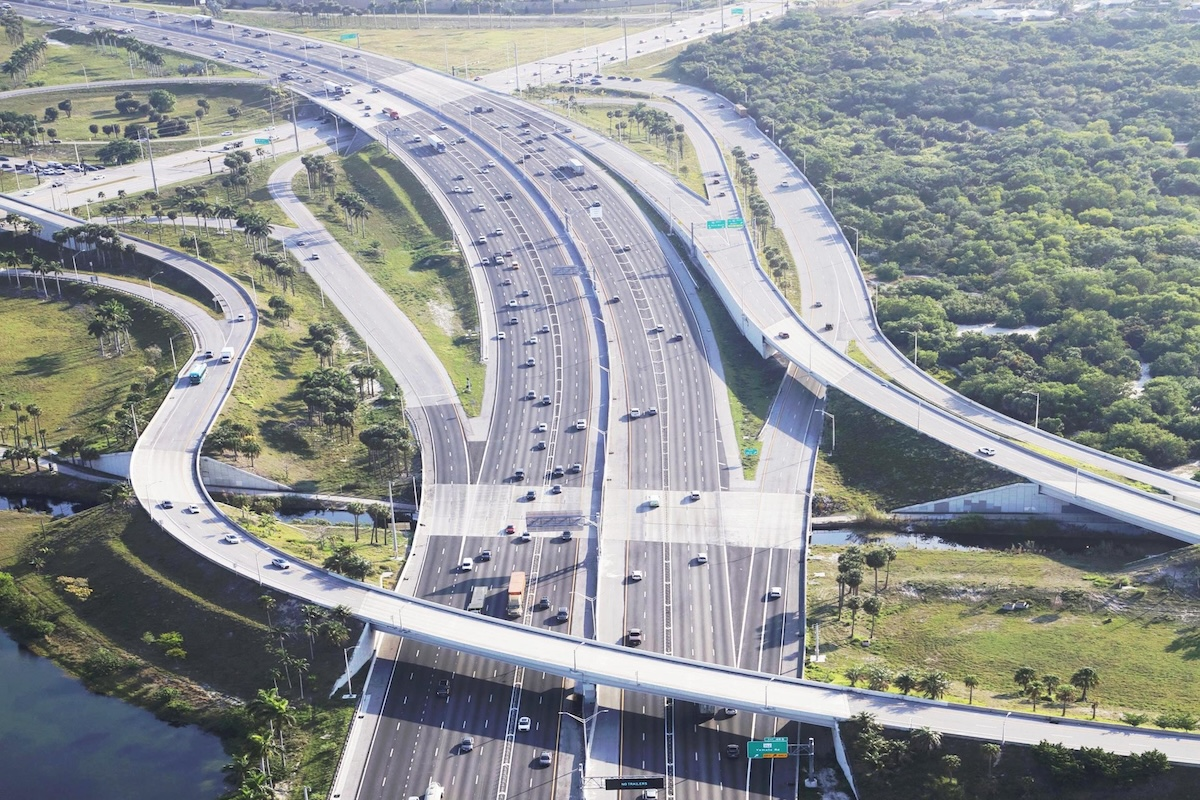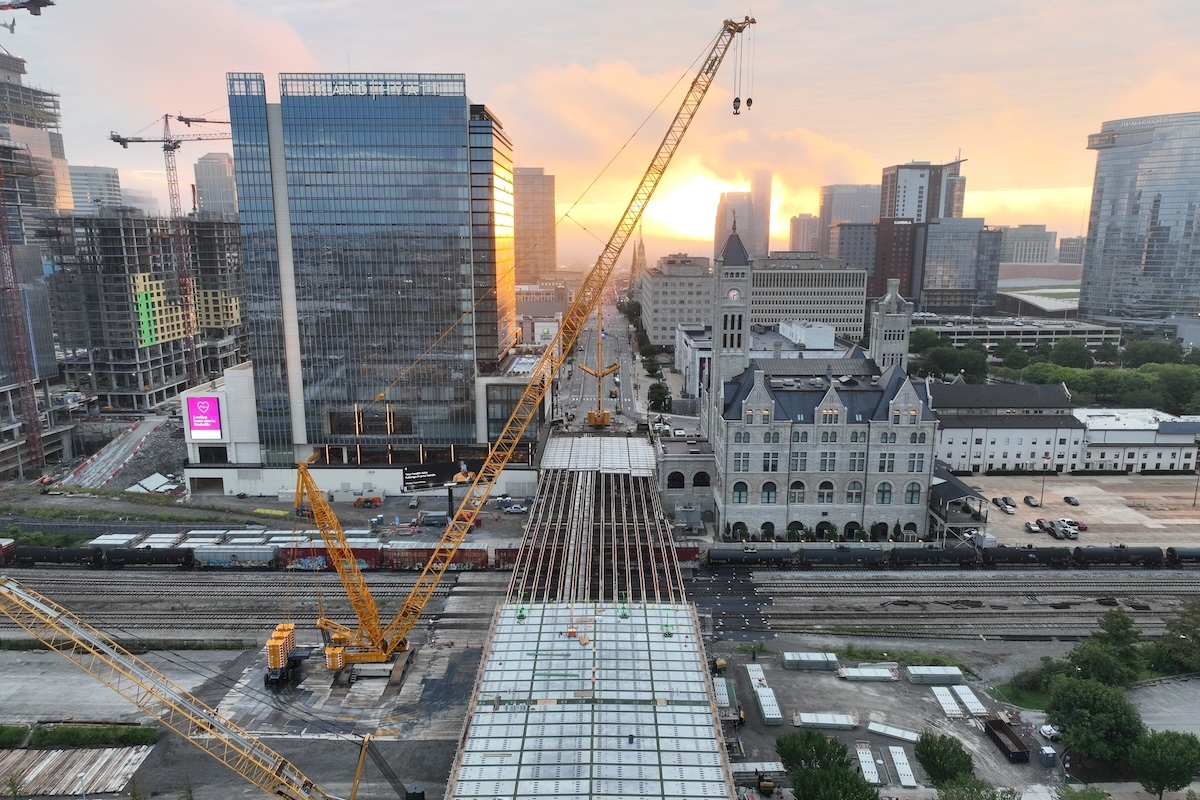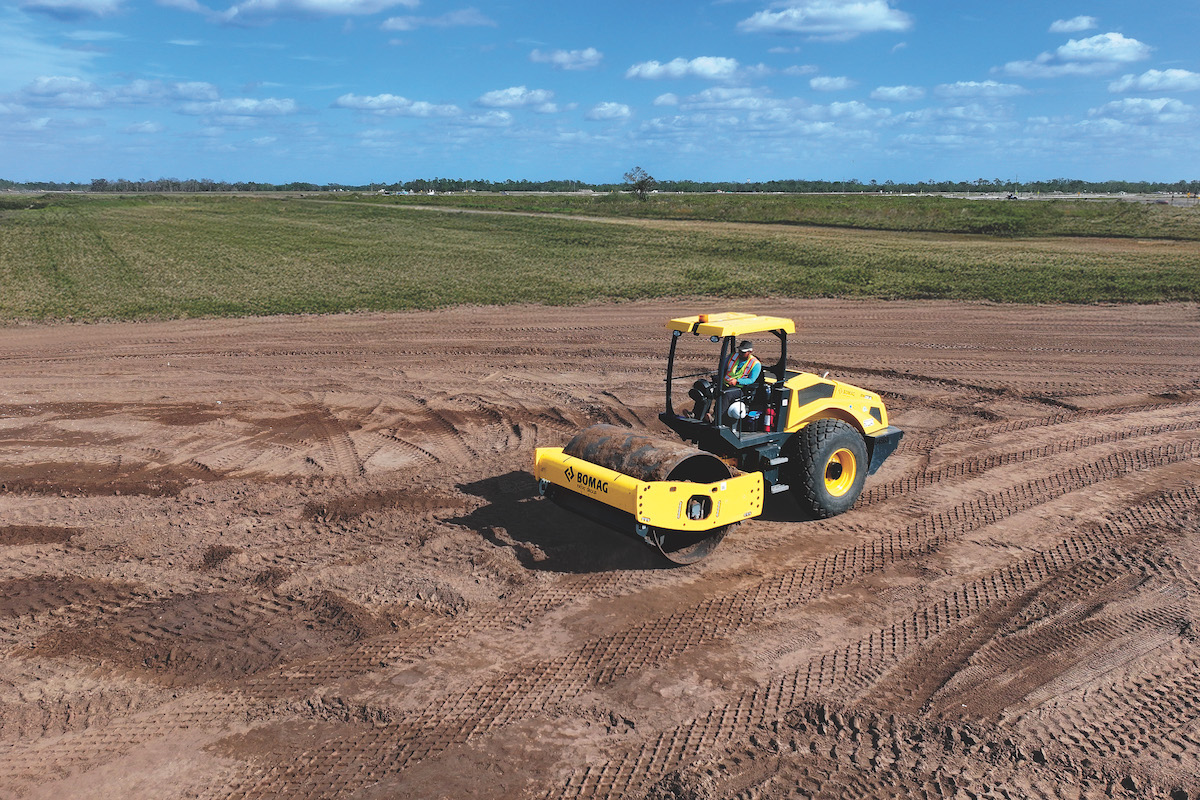Building and maintaining a safety program to protect employees can be an arduous task for any organization. But when your employees operate heavy machinery, you also need to take public safety and environmental conditions into consideration. These hard-working employees often work in confined spaces, with hazardous materials, in extreme weather conditions, and under the pressure of project deadlines — all of which can impact their safety and the safety of those around them.
The good news is that connected safety technologies like sensor technology, drones, and robotics are addressing a number of potential safety issues on the job site — from communication challenges to human error — and helping employees better understand safety protocols and processes.
Leveraging the Internet of Things (IoT), advanced sensors, and real-time data analytics, these technologies are transforming how businesses manage workplace safety by fundamentally changing how training, monitoring, preventing, and reporting are done.
Slips, falls, struck-by incidents, overexertion injuries, and vehicular incidents are some of the most common injury categories on the construction site and often can be addressed by advanced safety technology. Ignoring potential injury sources can have serious financial repercussions. Failure to comply with Occupational Safety and Health Administration (OSHA) standards can cost more than $16,000 per violation.
Let’s zoom in on the top technologies and solutions construction companies can leverage today to improve worker health and safety, increase operational efficiencies, mitigate risk, and manage compliance.

| Your local Bomag Americas dealer |
|---|
| Linder Industrial Machinery |
Wearable technologies are being adopted at a faster pace than some of the other connected solutions. Generally, this is because wearables are easier to deploy and can often work within an organization’s existing safety ecosystem. And they’re highly effective in real-time.
Wearable devices, including smart helmets, vests, and wristbands are equipped with sensors that monitor workers’ biometrics and exposure to environmental stressors. These devices can track vital signs, detect fatigue, and monitor hazardous conditions like noise, temperature, and toxic gasses (including silica and other forms of dust that can be especially harmful in dense work environments).
Not only do wearables help improve safety, but by mitigating downtime due to fewer incidents, monitoring hazard exposures, and providing real-time alerts, contractors can gain efficiencies and increased worker productivity across the job site.
Connected worker platforms integrate various safety tools and devices into a centralized system, allowing real-time communication, monitoring, and reporting. They provide a holistic view of safety across the job site.

| Your local Topcon Positioning Systems Inc dealer |
|---|
| Linder Industrial Machinery |
These platforms can be especially valuable in places where the weather has a major impact on safety. For example, while the National Weather Service provides weather forecasts and data at a broad level, there are technologies that can get more granular into conditions on a job site. For example, one platform uses multiple weather data sources — along with its own sensing technology and AI — to help reduce weather-related downtime on a job site and provide more relevant insights. Conditions within vehicles or confined spaces, for instance, may be considerably warmer than the surrounding area, making the worker’s temperature far more meaningful.
As any contractor can attest, the forecasted temperature and job site temperature can be very different — and this can have a significant impact on safety. While the forecast may be 85 degrees, for example, it may be well over 100 degrees on a hard deck. Utilizing connected worker platforms can help contractors determine when cooling tents and other heat-related protocols need to be put into place to keep workers safe.
Similarly, when lightning is in the area, the job site shuts down. While this clearly helps protect workers, it also results in downtime, and relying on widely available weather data may shut the job site down longer than needed. Connected platforms use data from multiple sources, along with AI, to pinpoint the timing of the potential risk. This has proven to close the predicted window of downtime by 12 minutes while maintaining OSHA regulation compliance.
With this data in hand, contractors gain a much more accurate picture of work conditions to drive more strategic safety-related decision making.

| Your local Wirtgen America dealer |
|---|
| Beard Equipment Co - AL |
| Tractor & Equipment |
Geo-fencing, drone technologies, and video surveillance systems are complementary. They not only monitor sites to understand when and where employees and machines are moving, but also identify where and when civilians or untrained workers may be moving throughout the job site. Armed with this insight, contractors can better manage restricted areas, reduce risk in hazardous zones, and ensure safety compliance.
Geo-fencing technology uses GPS or RFID to create virtual boundaries around potentially hazardous areas on the construction site. Workers entering these areas are automatically alerted, and supervisors are notified of unauthorized access.
Working in tandem, drones equipped with cameras and sensors are used to monitor construction sites from the air. They can capture real-time data on site conditions, identify potential hazards, and ensure safety protocols are followed. Drones can also monitor large or hard-to-reach areas without putting employees at risk. Video surveillance systems and analytics platforms can continuously monitor a job site if drones aren’t a feasible option.
When these technologies work together, they can more quickly identify when silica dust levels are getting too high, for example, which could negatively impact workers or nearby pedestrians. Early identification keeps people safe and avoids non-compliance fees.

| Your local Wirtgen America dealer |
|---|
| Dobbs Equipment (DXC) |
Heat, humidity, air quality, and noise levels all influence worker health. Sensors placed around a construction site can monitor these factors to ensure conditions remain safe and help workers understand when they might need to take breaks or use additional safety gear.
Without access to real-time data, excessive heat or humidity can cause significant damage before workers know it. The early detection of hazardous environmental conditions leads to better compliance with health regulations and enhanced worker safety. It ensures that hazardous situations are remedied prior to exposure or an incident and reduces potential downtime. In some cases, it also avoids a full-scale escalation where a job site is completely shut down.
Understanding which solutions might be right for your business and how to implement them most effectively can be a challenge — that’s where a partner comes in. The right partner can connect you with top-tier safety manufacturers and collaborate to determine which solutions best meet your needs. The right partner can also provide OSHA-certified trainers to ensure your workers are compliant.
We are on the precipice of what connected technologies can do for job sites. As we move forward, these technologies will be essential to making workplaces safer and more efficient.

| Your local Gomaco dealer |
|---|
| Ring Power Corporation |
Shawn Gregg started as a safety engineer and spent much of his 30-year career working to create safer environments for workers across industries. As Vice President of Global Safety at Wesco, he leverages his industrial safety experience, knowledge, and technical expertise to help develop and deliver innovative solutions to keep workers safe.

















